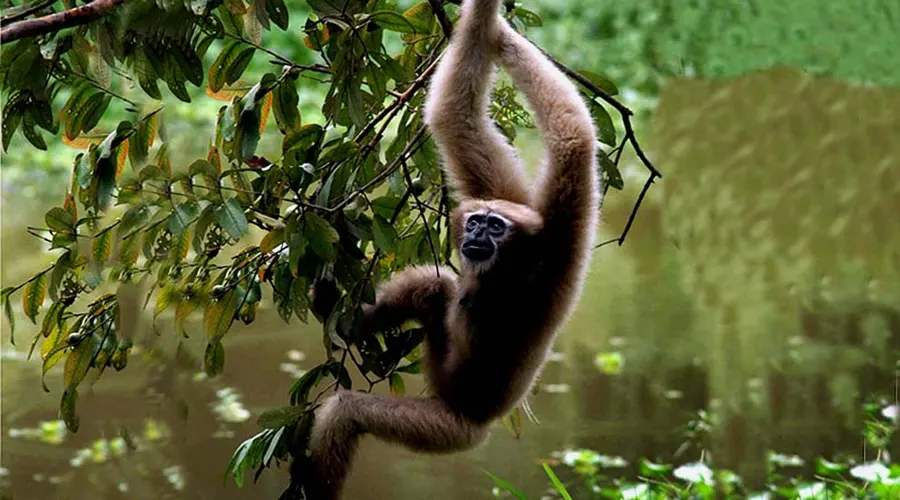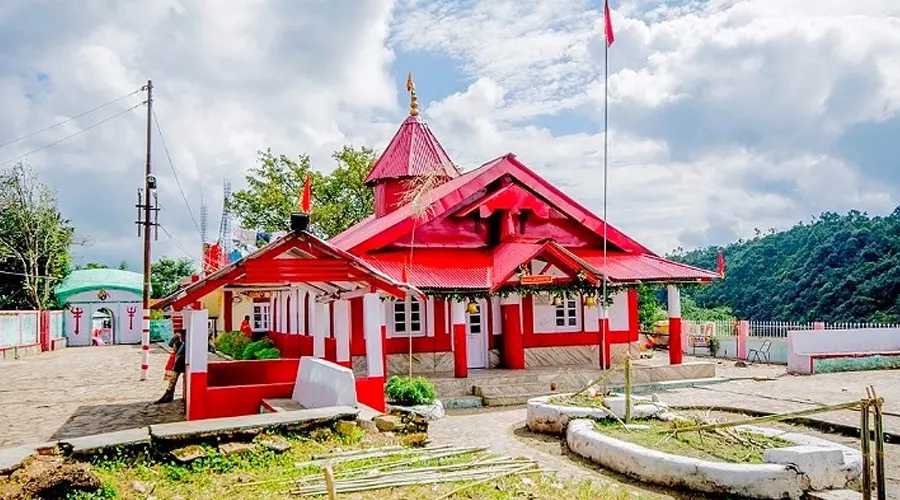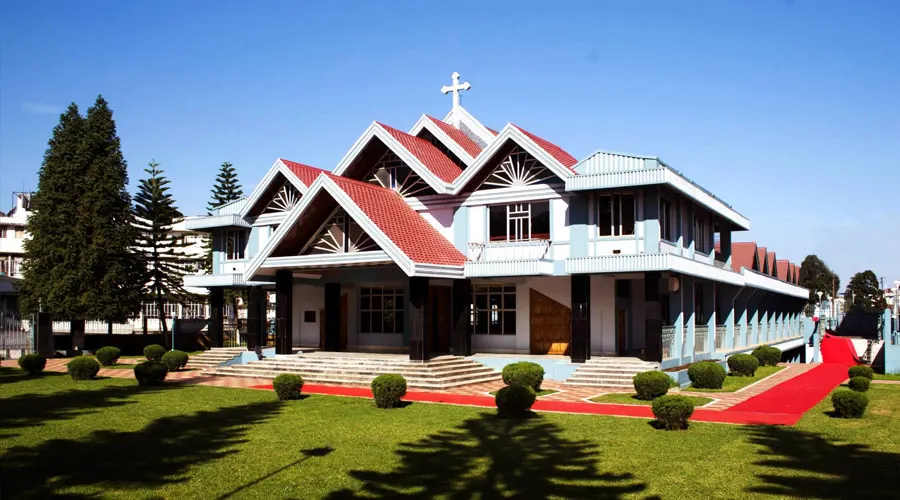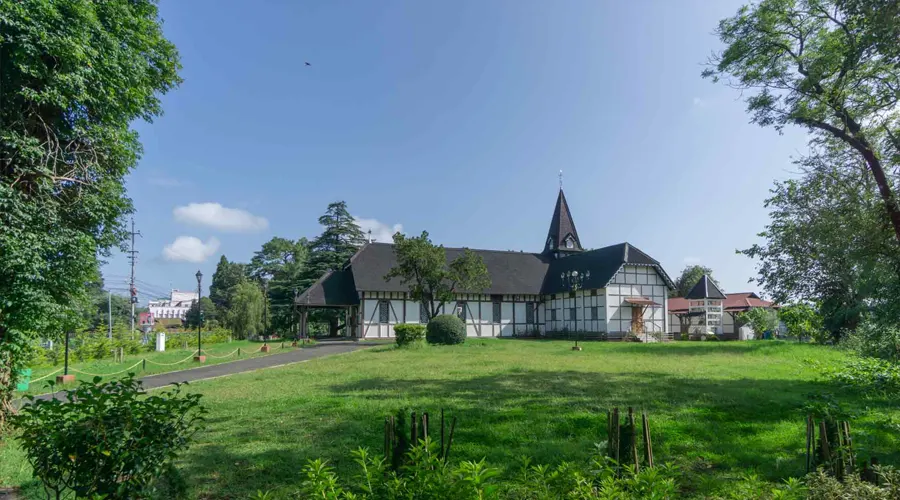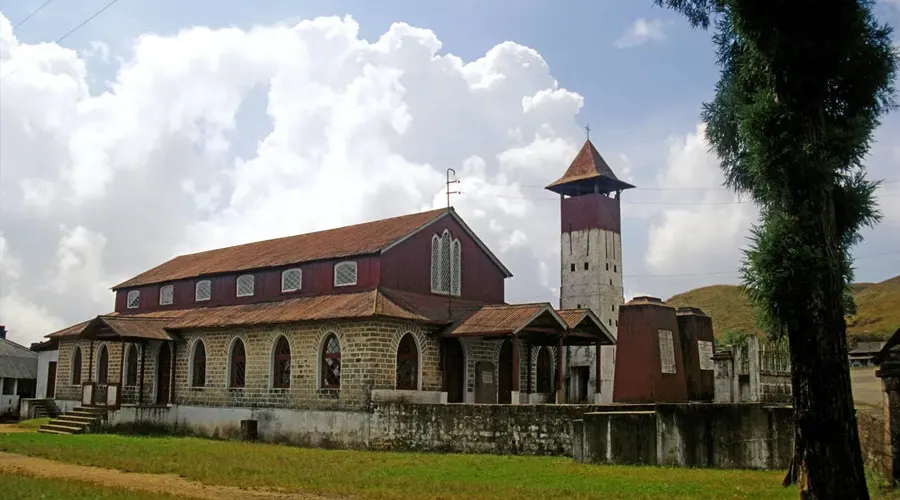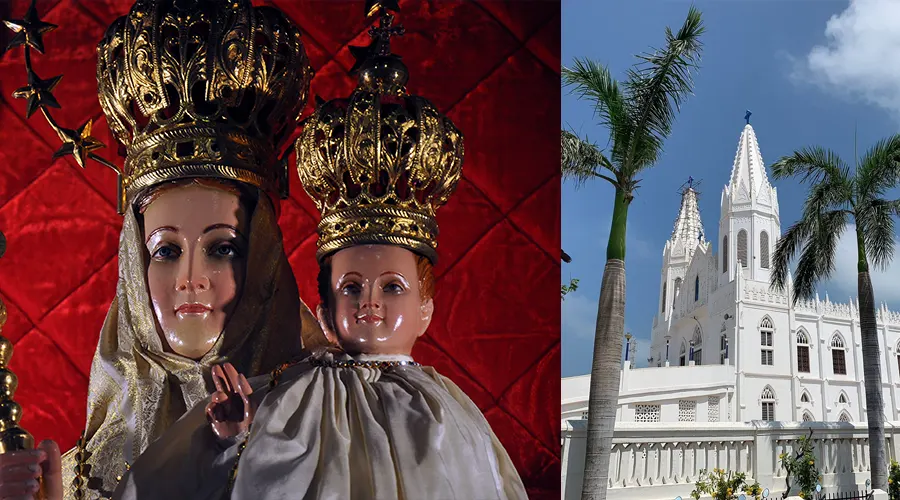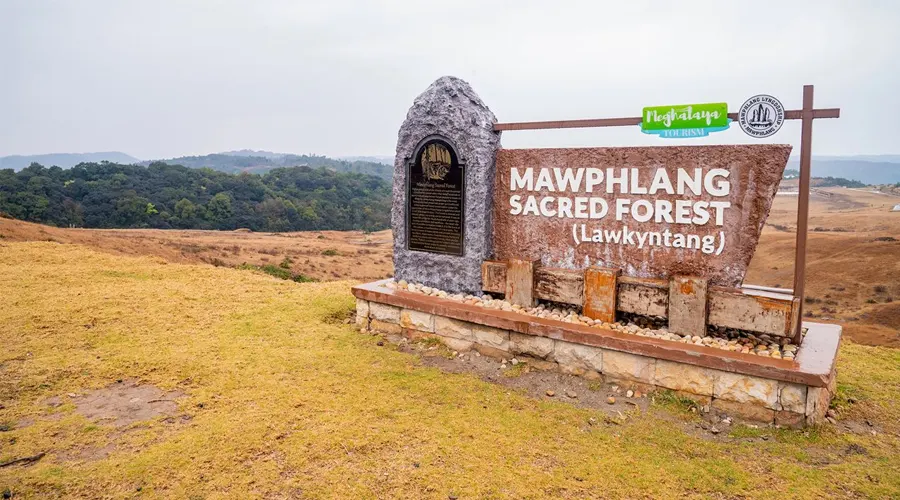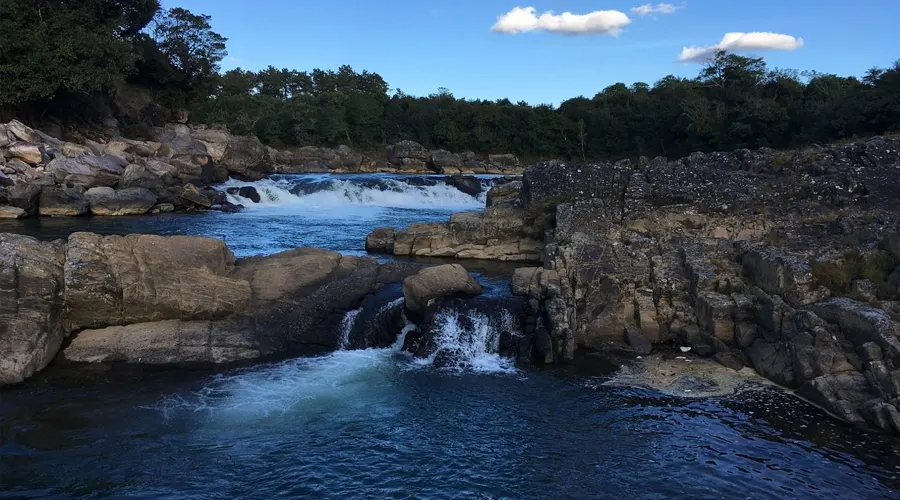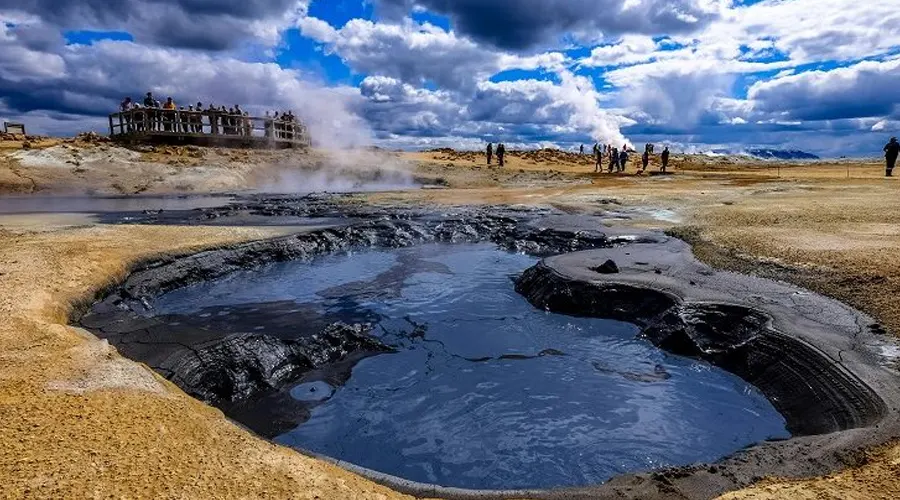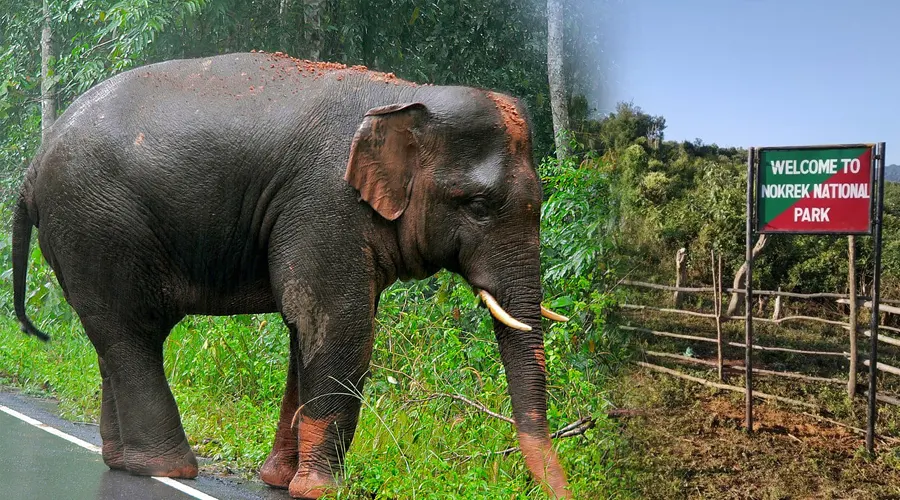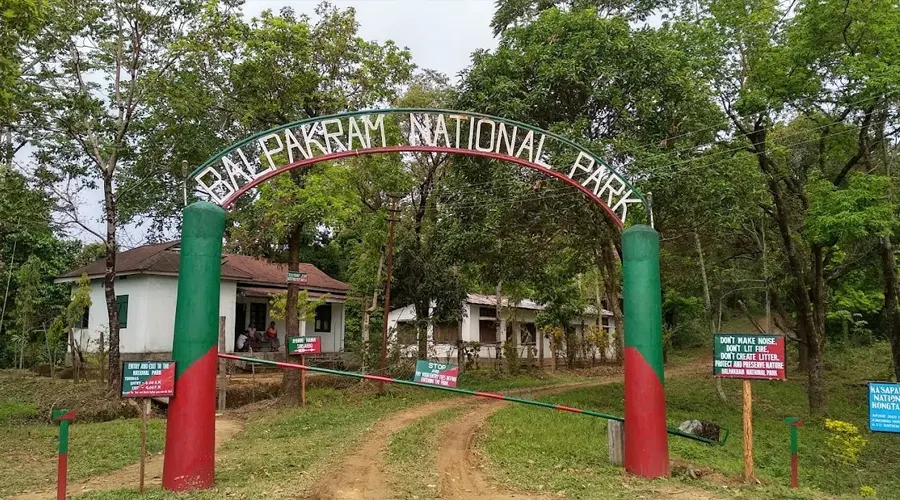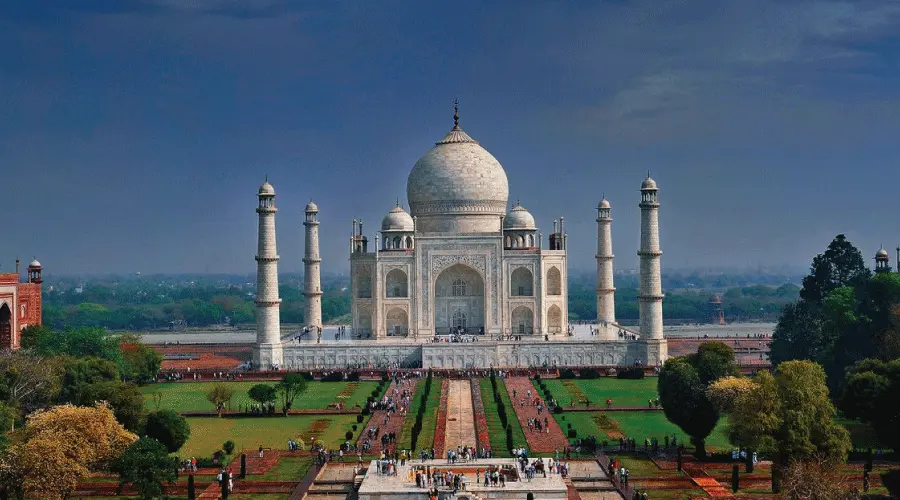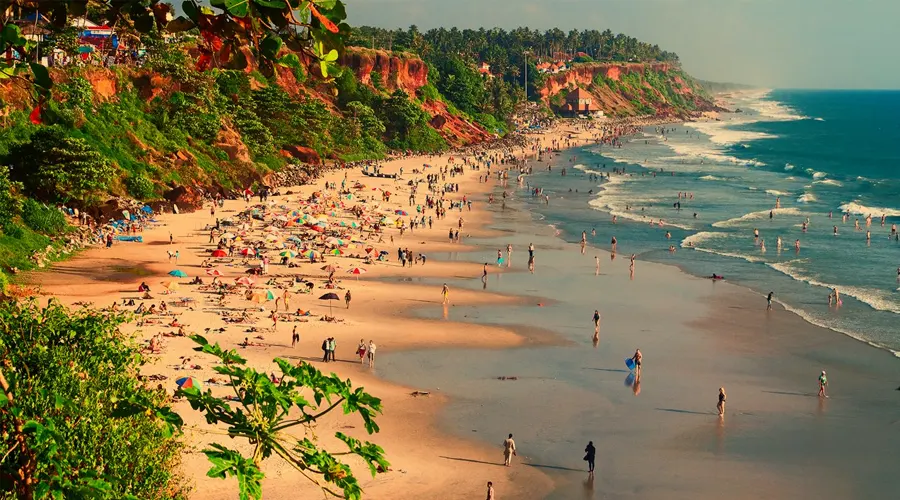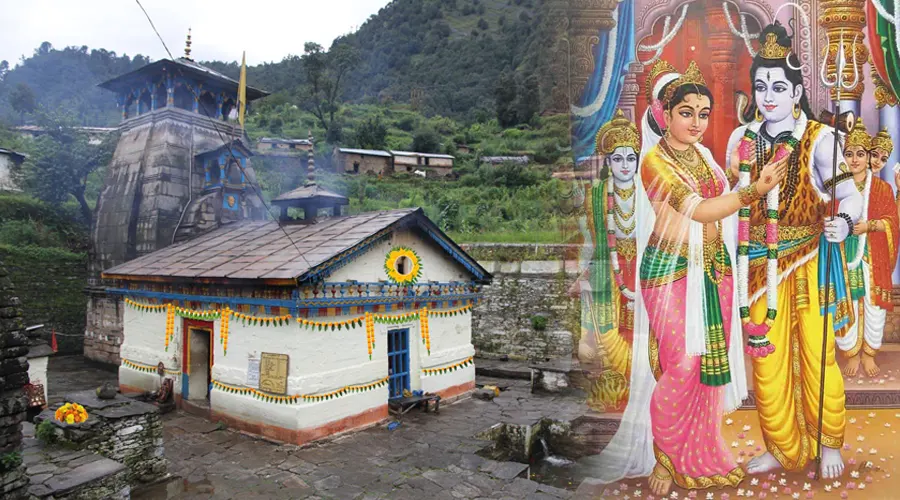Selbagre Hoolock Gibbon Reserve – A Sacred Forest Protecting India’s Only Ape In Meghalaya
Hidden amidst the lush forests of West Garo Hills, Selbagre Hoolock Gibbon Reserve is a rare gem where wildlife, culture, and conservation intersect. This sacred forest, located near Tura in Meghalaya, is one of the few places in India where you can witness the Hoolock Gibbon — the country’s only native ape species — thriving in a protected natural habitat. But what makes Selbagre even more special is the deep-rooted spiritual connection between the forest and the local Garo tribe. For centuries, the villagers have guarded the grove with unwavering respect, guided by sacred beliefs that prohibit hunting and exploitation.
Unlike commercial tourist spots, Selbagre offers a serene, eco-conscious experience. Visitors here are welcomed not only by nature’s untouched beauty but also by a powerful story of community-led conservation. Whether you're a wildlife enthusiast, a cultural explorer, or simply someone seeking a soulful escape into nature — Selbagre is where Meghalaya’s wild heart beats quietly but strongly.
History and Cultural Significance of Selbagre
Located near Tura in Meghalaya's West Garo Hills, the Selbagre Hoolock Gibbon Reserve is a community-protected forest that holds both ecological and spiritual value. This small yet sacred area is home to the Hoolock Gibbons, the only species of apes found in India. For the local Garo community, this forest is not just a wildlife sanctuary but a sacred grove, deeply connected to ancestral beliefs and taboos.
The villagers of Selbagre have preserved this land for generations, upholding the tradition that harming a gibbon would bring misfortune or famine. This belief has served as an effective conservation model, allowing these rare primates to thrive in their natural habitat, free from poaching or deforestation.
Things to Do at Selbagre Hoolock Gibbon Reserve
1. Wildlife Spotting:
Witness the elusive Hoolock Gibbons swinging through the trees. Their loud whooping calls can often be heard during early morning hours.
2. Guided Nature Walks:
Join local guides from the community for eco-walks through the forest. Learn about indigenous flora and the importance of the sacred grove in Garo culture.
3. Cultural Interaction:
Visit the Selbagre village and experience traditional Garo hospitality. Engage in conversations about conservation practices passed down through generations.
4. Bird Watching:
Apart from gibbons, the forest is home to a wide variety of birds, including hornbills, bulbuls, and drongos – perfect for birding enthusiasts.
5. Photography:
Capture scenic jungle views and candid wildlife moments in this lush, untouched forest area.
Sacred Forest Conservation Beliefs
|
Belief/Practice |
Description |
|
Hoolock Gibbons are sacred |
Killing or harming them is believed to bring curses or famine. |
|
No hunting in sacred grove |
The forest is strictly protected by village elders. |
|
Passed through oral traditions |
Conservation wisdom is inherited through generations. |
|
Used for rituals |
Only specific ceremonies are conducted near the grove, with permission from elders. |
Travel Tips for Visiting Selbagre Gibbon Reserve
- Hire a Local Guide: Entry is allowed only with permission and guidance from village elders or local eco-guides. Always respect the local rules and customs.
- Follow Eco-Friendly Practices: Do not litter or use plastic. Carry reusable bottles and avoid making noise inside the forest.
- Photography Etiquette: Use silent shutter modes and avoid flash photography near wildlife, especially gibbons.
- Dress Comfortably: Wear good hiking or trekking shoes, long-sleeved clothing, and insect repellent, especially during forest walks.
- Morning Visits Recommended: Early morning (6–9 AM) is the best time to spot gibbons, as they are most active and vocal at dawn.
- No Food Inside Forest: Avoid carrying food into the grove to prevent attracting animals and disturbing their habitat.
- Support Local Community: Buy handmade souvenirs or snacks from the village and consider homestays to contribute to local livelihoods.
Nearby Attractions
|
Place |
Distance from Selbagre |
Highlights |
|
Nokrek National Park |
18 km |
Biosphere Reserve, trekking, bird watching |
|
Rongbang Dare Waterfall |
25 km |
Scenic cascade, picnic spot |
|
Pelga Falls |
28 km |
Nature walk, picnic area |
|
Tura Peak |
30 km |
Trekking, panoramic views |
|
Siju Caves |
90 km |
Limestone caves, stalactites & stalagmites |
Final Thoughts
Selbagre Hoolock Gibbon Reserve is more than just a forest — it's a living example of community-led conservation rooted in faith and tradition. A visit here is a journey through nature and culture, offering a glimpse into a world where humans and wildlife coexist in sacred harmony. Perfect for nature lovers, anthropologists, or eco-conscious travelers, Selbagre invites you to witness India's only ape in its peaceful natural habitat.
Faq About Selbagre Hoolock Gibbon Reserve – A Sacred Forest Protecting India’s Only Ape In Meghalaya
Ans: Selbagre Reserve is in West Garo Hills, about 25–30 km from Tura, Meghalaya.
Ans: It is home to India’s only ape, the Hoolock Gibbon, protected by community-based conservation and sacred local beliefs.
Ans: Yes, but only with local permission or guides, as it is a sacred and protected forest.
Ans: The reserve is open from 06:00 AM to 5:00 PM.
Ans: There is no fixed entry fee, but visitors should contact local authorities or community guides beforehand.
Ans: Yes, but avoid flash photography and loud noises to not disturb the animals.
Ans: Besides Hoolock Gibbons, you may spot hornbills, civets, macaques, and various bird species.
Ans: Locals speak Garo, Khasi, and English.
Ans: You can stay in Tura, which has several guesthouses and hotels.
Ans: Roads are mostly motorable. However, local jeeps or shared taxis are best for reaching the village.

